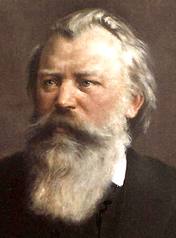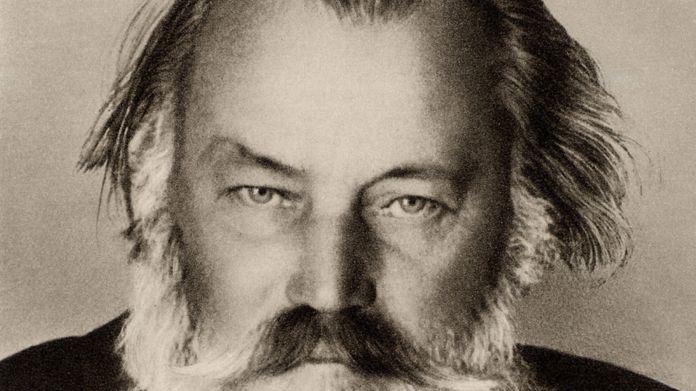Johannes Brahms’ Symphony No. 3 in F major, Op. 90 is a towering achievement of 19th-century music—introspective, lyrical, and deeply personal. Composed in the summer of 1883, it stands as a testament to Brahms’ maturity as a symphonic composer and reflects both his musical craftsmanship and the emotional depth he had cultivated over decades. Often described as the most poetic of his four symphonies, the Third holds a unique place in his output and in the broader symphonic tradition.
The Background
By 1883, Brahms was already a celebrated composer in Europe. His Symphony No. 1 (1876) and Symphony No. 2 (1877) had established him as a worthy heir to Beethoven. Yet, he had waited over 20 years to write his first symphony, burdened by the expectations placed on him as Beethoven’s successor. With the release of his second symphony, Brahms had entered a new phase of confidence and expression.
Six years later, at the age of 50, Brahms returned to symphonic writing with Symphony No. 3. He composed it in Wiesbaden, a picturesque spa town along the Rhine River. The beauty of the natural surroundings and the composer’s more reflective state of mind had a profound impact on the music’s tone.
The Famous Motif: “F–A♭–F”
One of the most fascinating elements of the Third Symphony is its opening motif: the three notes F–A♭–F. This sequence held a personal meaning for Brahms, symbolizing his personal motto “Frei aber froh” (“Free but happy”). It was a direct counter to the motto of his friend, the violinist Joseph Joachim, who used “Frei aber einsam” (“Free but lonely”).
This F–A♭–F motif appears throughout the symphony, not just as a musical idea but as a philosophical thread binding the four movements together. It gives the symphony a cyclical structure, a sense of unity that was innovative for its time.
The Premiere
Symphony No. 3 premiered on December 2, 1883, in Vienna, with the Vienna Philharmonic conducted by Hans Richter, a staunch supporter of Brahms’ music. The performance was a triumph. Audiences and critics alike praised the work’s balance of intensity and lyricism, its masterful orchestration, and its deep emotional resonance.
Clara Schumann, Brahms’ close friend and confidante, was particularly moved by the symphony. She wrote in her diary:
“All the movements seem to be of one piece, one beat of the heart, each in its own way.”
Structure and Style
The symphony is scored for a classical orchestra and unfolds over four movements:
- Allegro con brio (F major) – A passionate and stormy opening, introduced by the F–A♭–F motif. It sets the emotional tone of the entire work, with dramatic shifts and lush harmonies.
- Andante (C major) – Gentle and reflective, this movement showcases Brahms’ gift for lyrical melody and subtle orchestration.
- Poco allegretto (C minor) – Rather than a vigorous scherzo, Brahms offers a tender, almost melancholic waltz-like movement, which has become the most popular and frequently excerpted part of the symphony.
- Allegro – Un poco sostenuto (F minor → F major) – A fiery and tense finale that ultimately finds peace in a quiet return to the F–A♭–F motif, bringing the symphony full circle.
What sets this symphony apart is its emotional restraint. Unlike many Romantic symphonies that end with bombastic finales, Brahms concludes his Third with a subdued, almost whispering resolution. It is a deeply human ending—neither triumphant nor tragic, but quietly accepting.
Legacy and Influence
Brahms’ Symphony No. 3 is often considered his most personal and nuanced. Critics have described it as Beethovenian in structure, but unmistakably Brahmsian in spirit. Its compactness and coherence inspired admiration from contemporaries and left a strong impression on future composers, including Antonín Dvořák and Gustav Mahler.
The symphony has remained a favorite in the concert repertoire and continues to be studied and celebrated for its innovative use of cyclic form, motivic development, and emotional depth.
Conclusion
Symphony No. 3 by Johannes Brahms is a work of profound introspection and artistry. It encapsulates the mature Brahms—at once bold and reserved, confident and contemplative. Through its recurring motifs and subtle beauty, the symphony offers listeners a glimpse into the heart of a composer who found strength and joy in his freedom, yet never ceased to feel the weight of life’s complexities.


Comments are closed